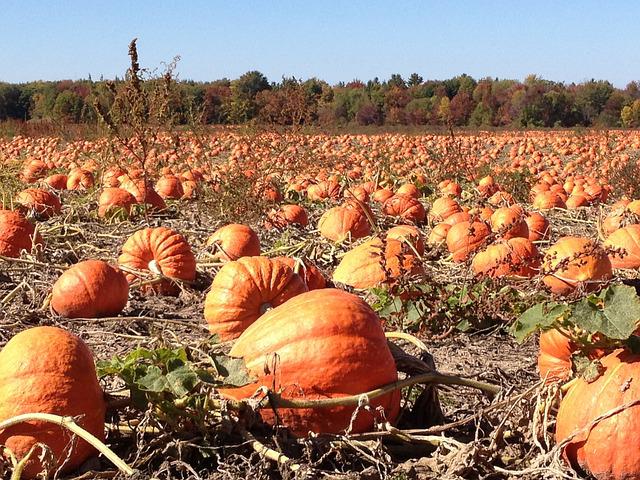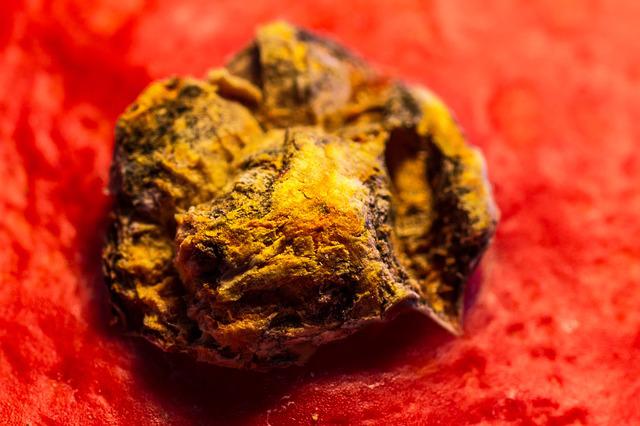Can Pumpkins Be Composted?

Pumpkins can be composted, but it is important to know how to do so. The easiest and most effective way to compost pumpkins is by discarding their husks and string before putting them in the bin. This makes sure that they are decomposing properly and won’t create any odor or flies. Additionally, make sure that all pumpkin pieces are mixed in well so that no moisture remains on top after rotting. Once Pumpkin Composting is complete, turn it in every other week to ensure even coverage.
Table of Contents
Can I Put Leftover Pumpkins in My Compost Bin?
Leftover pumpkins are a great addition to your compost bin! They add sweetness and nutrients to the soil, but they also act as an activator for microbial activity. This means that decomposing pumpkin waste is likely to produce good bacteria, which can help improve your soil’s condition. Additionally, rotting organic matter provides essential nutrients. It helps break down complex molecules into simpler ones so that plant growth is easier.
So next time you have some leftover pumpkins, don’t throw them away – put them in your compost bin instead!
Can the Entire Pumpkin be Composted?
The answer is yes, you can compost your pumpkin. Even the seeds and stem are compostable, as are the skin and meat. On the other hand, Pumpkin seeds are extremely hardy and can be stored in your compost for the winter months. If you don’t remove the seeds, you’ll probably find some pumpkin plants in your compost pile next year. If you intend to grow pumpkins again in the future, this can be positive.
It’s possible to remove all the seeds from your pumpkin. Although it is possible to throw the seeds away, there are other ways of using the.m. When roasted, pumpkin seeds make for a delicious fall snack. Boiled seeds can also be composted for maximum nutrient absorption without resulting in unwanted sprouts.
5 Steps to Put a Pumpkin in the Compost
1. Take Off Any Candles, Wax, or Paint
Once your pumpkin has served its purpose, you’ll want to take off any candle wax, paint, stickers, or anything else that isn’t natural before putting it in the compost pile.
Also, don’t forget to take the seeds out. You’ll probably see pumpkin seedlings next year if you leave them alone. You can use them in a lot of delicious recipes.
2. Find a Place To Compost
Once your pumpkin is clean, you’ll need to find a good place to compost it. If you already have a compost pile, this is a great thing to add to it. If not, check with your local recycling center, nearby farms, or community gardens to see if they collect old pumpkins for composting. You can even use an app to find a compost host close to you.
3. Break It Down
This is probably the most enjoyable step. Once you’ve chosen a spot, smash your pumpkin into smaller pieces if you haven’t already. This speeds up the process of composting. Most of the time, the pumpkin flesh breaks down quickly, but the rind takes longer. Cutting the rind into smaller pieces will help things move along.
4. Put Loose Leaves on Top
Now that your pumpkin is broken up, you should put loose leaves over the pieces. Remember that composting needs a good mix of brown and green materials, so feel free to add old and new leaves. But don’t add too many. For compost to work well, it needs air and sunlight.
5. Let Nature Do The Rest
You’re all done! It’s now time to let nature take over. Your pumpkin will break down over time and go back to the Earth. You might even see worms and other bugs eating it.

